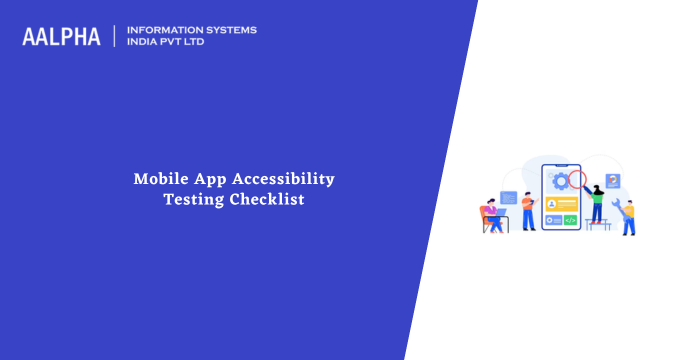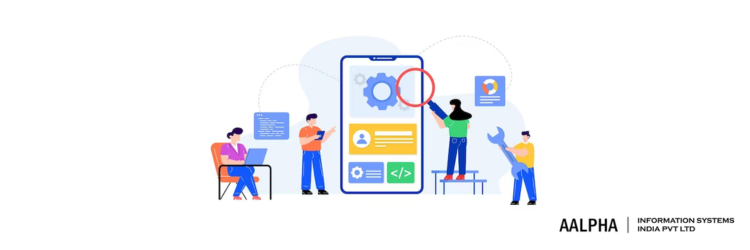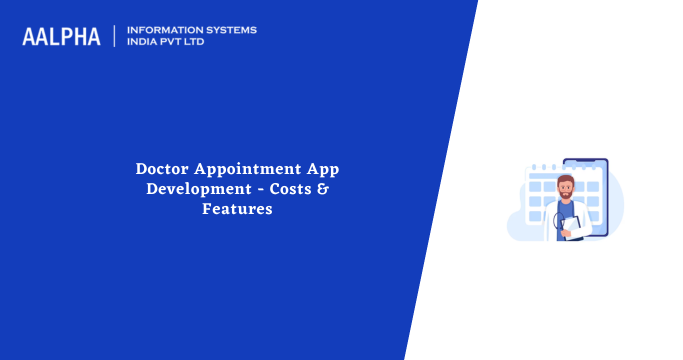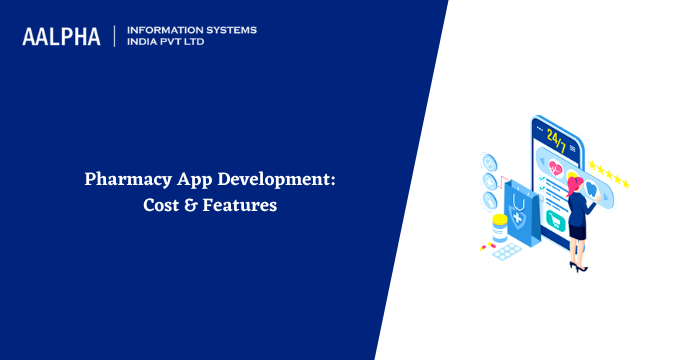A wide range of mobile apps is available in the mobile app store on the entire mobile application market. This is why mobile app accessibility testing is one of the crucial phases mobile applications should undergo. Therefore, testing professionals should perform better and professional testing of these applications from every user perspective. Consistent and up-to-date test practices are as important because technology, software, tools, and testing platforms are constantly growing day and night.
Understanding the Evaluation of Mobile Apps for Accessibility
Evaluating apps for accessibility takes place entirely through software testing. Accessibility testing, therefore, ensures that fixed conditions don’t prevent any user from using a wide range of online-available resources, including mobile applications.
Usability testing for mobile applications ensures users have a great app usage experience. It explores various usability metrics, including user-friendliness and user experience, depending on the potential users of the mobile application.
Understanding the Mobile App Accessibility Testing Concept
Before we dive into the whole concept of mobile accessibility testing, let’s first engage the basic understanding of what all these means. For a mobile application to be considered usable, anyone must have access to and use that application quickly and without strain, including persons with disabilities. It is, therefore, far more essential to consider building mobile applications and mobile websites whose user-friendliness and easy usage spans across persons of all caliber, including persons with disabilities. All these are important to ensure all users can use mobile applications without strain.
Even with all these, some mobile app developments might take place without the best accessibility testing practices in the whole process, which is a disadvantage in itself. This is why we explore a checklist with which testers can weigh various mobile applications against the accessibility scale.
A mobile application properly weighed on the accessibility scale makes quite a big difference. Why the difference? First, it allows user-friendliness, which ensures a span of users of all calibers, including those with disability. And it doesn’t just end there; an accessible platform stretches its goodness beyond usage limits by ensuring that anyone can access it, including novice users. Consider an application that includes captions – such applications enjoy an engagement boost. Captioning, common through videos, has been the ninja tip of ensuring accessibility for over the past eight years, and these have seen greater engagement scales of up to 500%, commonly in videos. But that’s mainly about the videos. What about the mobile apps? We shall dive right into that. First things first, what’s the importance of mobile app accessibility testing?
The Importance of Mobile App Accessibility Testing
Any average mobile app tester should have the potential to assess a mobile application’s accessibility. Among the critical reasons for performing accessibility testing for mobile applications is to ensure that anyone can use the application without strain. Apps that unluckily pass these phases unsatisfactorily will likely give users a difficult usage time. However, with the available laws and compliance efforts, most governments have made it mandatory that all applications undergo the testing phase, which includes accessibility testing before they are rolled out. Therefore, accessibility testing will ensure the application meets the threshold to comply with all legal requirements and fend off any legal action. The accessibility testing process ensures the app brings a better user experience. But how does a tester ensure accessibility? This calls for a checklist at the side to weigh against thresholds that an application should meet. Let us dive right into the mobile app accessibility testing checklist.
The Mobile App Accessibility Testing Checklist
For a mobile application to pass the accessibility test, it must be weighed considering a particular checklist. The checklist provides a proper guide to give the testers an affirmation that the mobile application is fit for release and good enough for its intended users. Here is a straightforward checklist you should follow during mobile accessibility testing:
-
Simple data entry methods
A properly accessible mobile application will always have simple data entry methods. It is always important that an app involves multi-modal data entry, including voice and on-screen keyboard.
Apps should always have integrated menus, checkboxes, and radio buttons, which cut off the need for more and more data entry. The apps may also support location, date, and time auto-filling, among others. Such approaches give the user a proper experience while preventing mistakes that might likely happen during data entry.
-
General instructions
They are always the basic instructions or features you would expect most applications to have. These instructions include a mobile application title, heading hierarchies upheld in their orders, and the landmark ARIA that provides the general structure of the mobile application. Accessible mobile apps should also have navigation, search, content info, and banners, among other essential elements, each applied accordingly and specifically to given applications.
-
Various designs for various screen sizes
Mobile phones will always have various screen sizes. They have smaller screen sizes, each with a given aspect ratio. Therefore, developers should always consider mobile screen sizes and their unique aspect ratios when creating these applications. A mobile application without such consideration will always pose accessibility difficulties. The application should ensure the lesser need for zooming in and out to get the most out of the various screen sizes. Such behavior is typical among low-vision users. Also, ensure that form fields are placed behind labels rather than beside them. More importantly, reduce the amount of data you offer on each app page by creating a related website to carry the content.
-
Touch targets and placement
With the increased resolution in mobile applications, it is possible to have so many interactive elements coexisting on a small screen.
However, it is always essential to ensure the touch elements and tap targets are large enough to enable users to reach them easily. More importantly, there should be enough space between such elements to support easy navigation. For instance, users will always need to perform essential events such as quick gestures – such features require the proper incorporation of good spacing and the appropriate size of elements. The recommended touch target sizes include a minimum of 9 millimeters in height and width. It is also essential to properly place interactive elements within the application. Such elements should be placed in a way that’s simple to access. Developers must remember all users when placing buttons in the mobile application.
In setting touch targets within the mobile application, it is essential to place buttons at the most convenient locations and ensure flexibility or spacing in all interactive elements.
-
The choice of color and contrast color
The color you involve in your applications plays a more significant role. For instance, colors should always fit the services the mobile application provides. Therefore, it is essential always to consider the foreground-to-background color contrast ratio. For standard text, the typical ratio should be 4.5:1. Icons and large text should have an average ratio of 3:1. To check if your applications meet these ratios, it is essential to employ tools like a color contrast analyzer, among other related applications. It is necessary to understand that using low-contrast colors brings up difficulty in reading. Also, color combinations that involve red and green may pose reading challenges to color-blind users.
-
Consistent navigation and layout
In your checklist, consistent navigation and layout are essential. It is, therefore, important to strive and ensure consistency to achieve a more excellent user experience. A properly accessible application should also have assistive mechanisms that help users navigate from one option to the next. A good and accessible app should have a proper layout that won’t give users difficulty navigating.
Conclusion
Web accessibility is among the most neglected aspects of checking applications before launch. However, it is essential to have an assurance of accessibility in every application on the app market. Always stick to the above checklists to ensure your app is accessible enough to give users a proper user experience.
Any queries? Connect with our mobile app development company – Aalpha information systems!






Share This Article:
Written by:
Stuti Dhruv
Stuti Dhruv is a Senior Consultant at Aalpha Information Systems, specializing in pre-sales and advising clients on the latest technology trends. With years of experience in the IT industry, she helps businesses harness the power of technology for growth and success.
Stuti Dhruv is a Senior Consultant at Aalpha Information Systems, specializing in pre-sales and advising clients on the latest technology trends. With years of experience in the IT industry, she helps businesses harness the power of technology for growth and success.